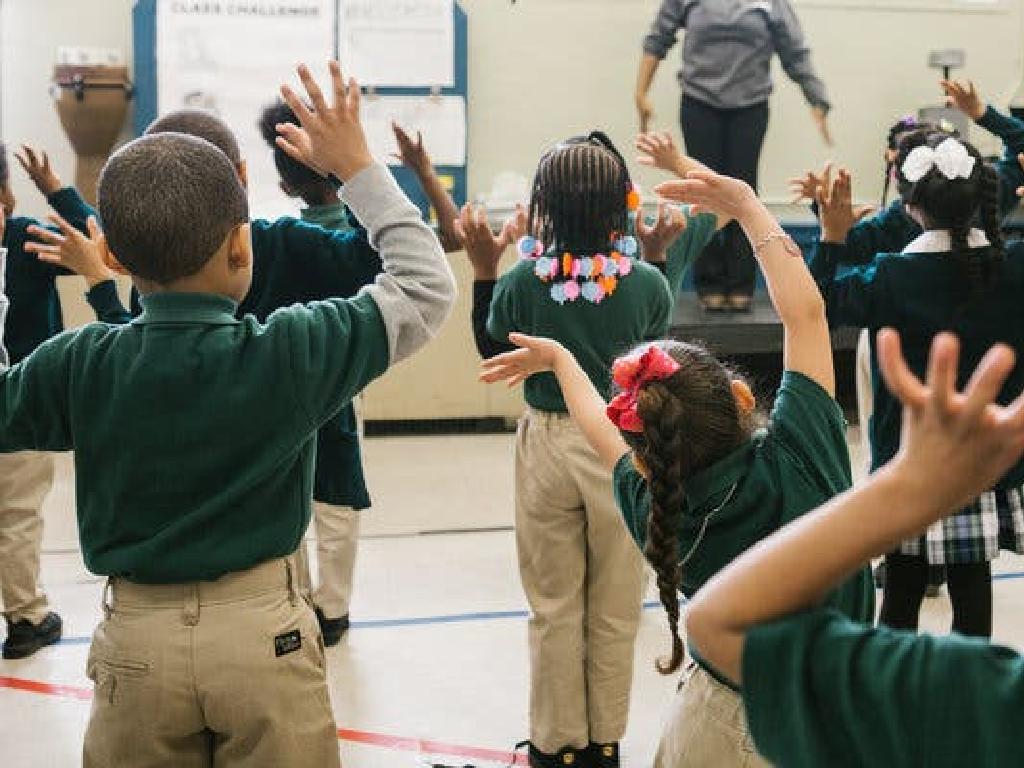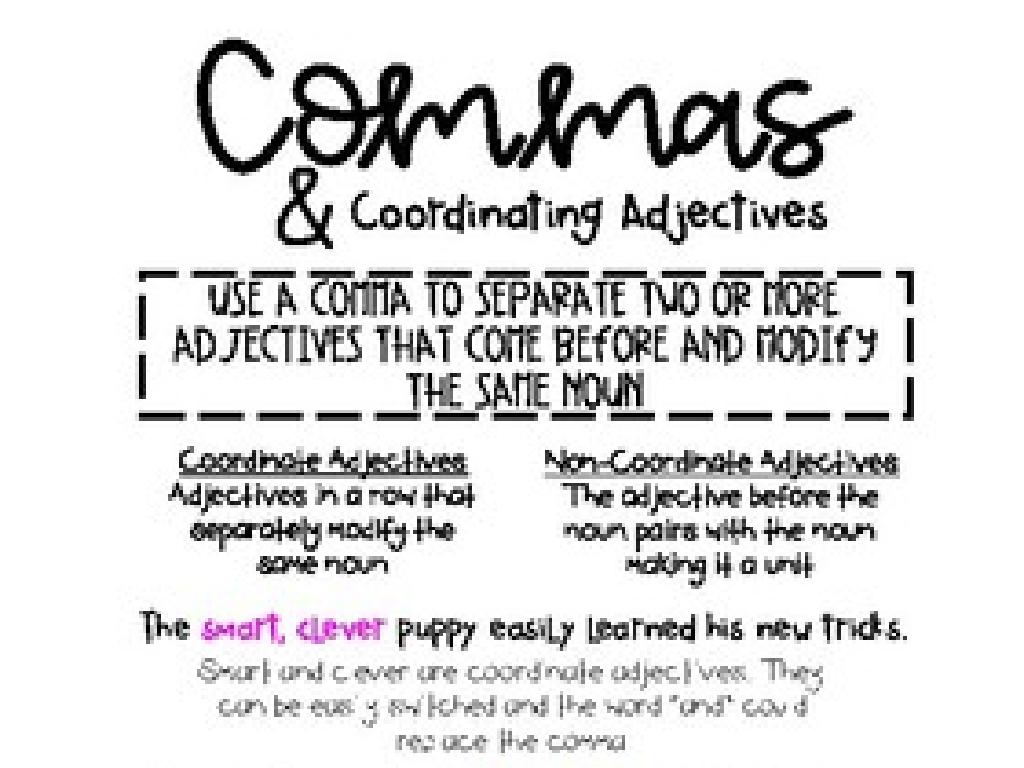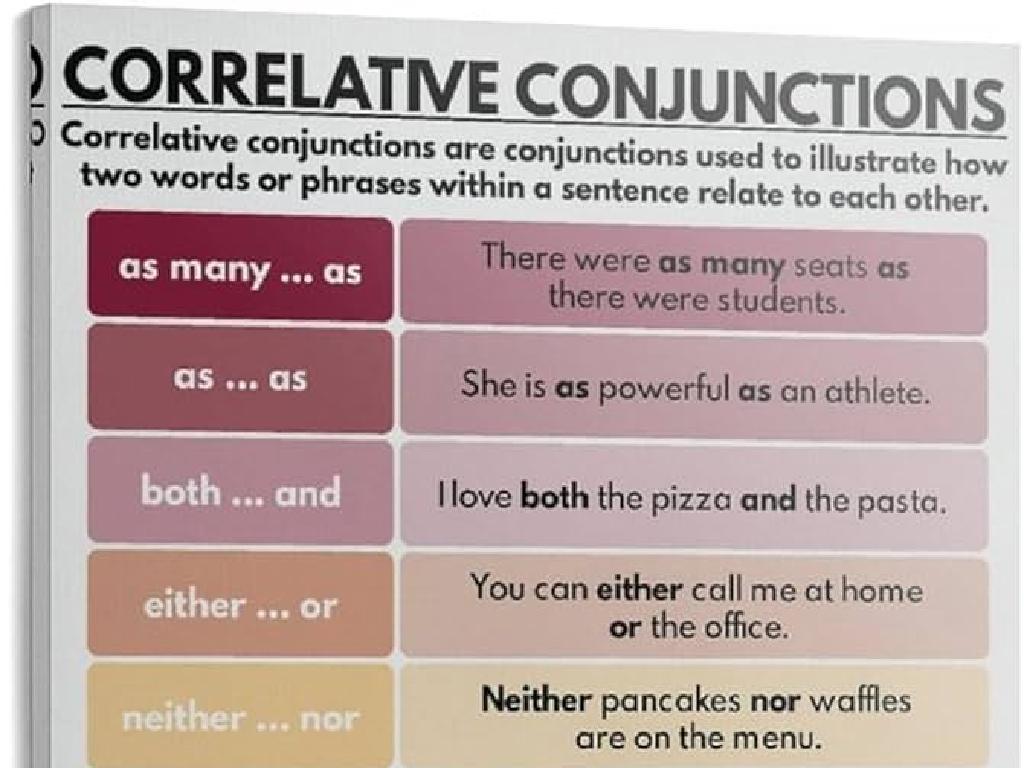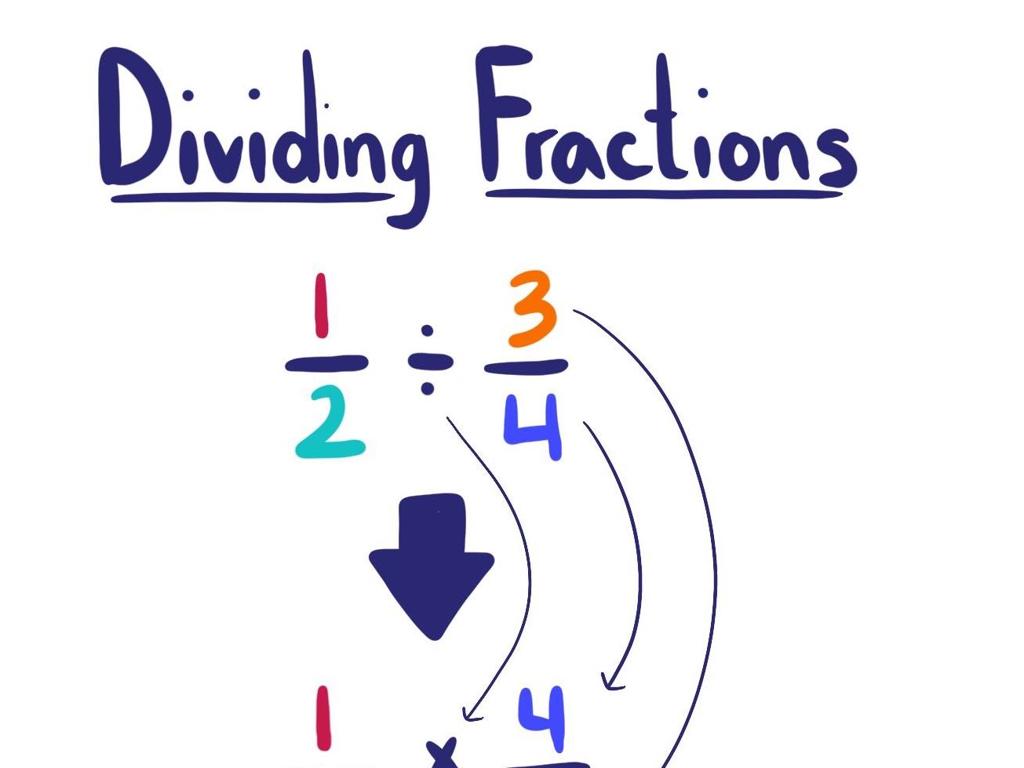Write A Two-Variable Equation
Subject: Math
Grade: Seventh grade
Topic: Two-Variable Equations
Please LOG IN to download the presentation. Access is available to registered users only.
View More Content
Introduction to Two-Variable Equations
– Understand equations with two variables
– An equation with two different variables, like x and y
– Real-life two-variable relationships
– Examples: temperature over time, cost of items with quantity
– Mastering for future math concepts
– Essential for algebra, calculus, and beyond
– Class activity: Create your own equation
– Use real-life scenarios to form equations with classmates
|
This slide introduces students to the concept of two-variable equations, which are fundamental in algebra and other advanced math topics. Start by explaining that these equations contain two different variables, typically x and y, and can represent countless real-world situations. Provide relatable examples, such as how temperature changes over time or how the total cost varies with the number of items bought. Emphasize the importance of understanding this concept as a building block for future math courses. Conclude with a class activity where students work in groups to identify a real-life scenario and create a two-variable equation that represents it. This will help solidify their understanding and demonstrate the practical application of the concept.
Understanding Two-Variable Equations
– Define two-variable equation
– An equation with two different variables, like x and y.
– Variables vs. constants
– Variables change; constants stay the same.
– Examples of two-variable equations
– For instance, y = 2x + 3, where x and y are variables.
– Application in real-life problems
– Used in situations with two changing elements.
|
This slide introduces the concept of two-variable equations, which are fundamental in algebra. Start by defining a two-variable equation, emphasizing the presence of two variables that can change in value. Contrast variables with constants, which are fixed numbers in equations. Provide clear examples, such as y = 2x + 3, and explain how each part of the equation interacts. Highlight the importance of understanding two-variable equations by discussing their application in solving real-life problems, such as calculating profits or predicting outcomes. Encourage students to think of scenarios where two factors change and relate to each other, setting the stage for creating their own two-variable equations.
Standard Form of Two-Variable Equations
– Introduce standard form Ax + By = C
– Standard form is a way to write equations neatly with variables x and y.
– Explain coefficients A, B, and constant C
– A and B are coefficients; C is a constant term.
– Identifying standard form in equations
– Look for equations structured like Ax + By = C.
– Practice with examples
– Let’s try converting x + 2y = 7 into standard form.
|
This slide introduces students to the concept of the standard form of a two-variable equation, which is an essential part of algebra. The standard form is Ax + By = C, where A, B, and C are integers, and A should be a non-negative integer. A and B are the coefficients that multiply the variables, and C is the constant term. It’s important to show students how to recognize this form in various equations and how to rearrange an equation into this standard form. Provide several examples and practice problems for students to try, such as converting x + 2y = 7 into standard form by ensuring that A is non-negative and all terms are on one side of the equation.
Writing Equations from Word Problems
– Read the word problem aloud
– Identify variables and constants
– Variables are unknowns, constants are fixed numbers
– Translate to a two-variable equation
– Use algebra to represent the problem
– Practice with examples
– Example: Tickets sold (t) and cost per ticket (c) relate as total earnings (e): e = t * c
|
This slide is aimed at teaching students how to approach word problems and convert them into two-variable equations. Start by reading the problem together to ensure understanding. Next, identify the variables, which are the unknown quantities we’re solving for, and constants, which are the known fixed values. Then, demonstrate how to translate the words into an algebraic equation involving two variables. Provide clear examples, such as finding the total earnings from ticket sales, where the number of tickets and the cost per ticket are variables. Encourage students to practice this skill with various word problems to build their confidence and proficiency in forming and solving two-variable equations.
Practice: Writing Two-Variable Equations
– Class example problem walkthrough
– We’ll solve a problem together step by step
– Create equations from scenarios
– Use the given situations to form your own equations
– Discuss solutions collectively
– We’ll review different answers and approaches
– Reflect on different methods used
– Understand there are multiple ways to reach a solution
|
This slide is focused on engaging students with hands-on practice in writing two-variable equations. Start by solving an example problem as a class to demonstrate the process. Then, students will be given real-world scenarios to translate into equations, fostering their ability to apply mathematical concepts. Afterward, open a discussion where students can explain their solutions and reasoning. This will help them learn from each other and realize that there can be various valid methods to solve a problem. Encourage creativity and critical thinking, and ensure to clarify any misconceptions. Provide guidance and support throughout the activity.
Class Activity: Equation Creation
– Pair up and create word problems
– Write a two-variable equation
– Form an equation using variables like x and y to represent unknowns
– Exchange problems with another pair
– Solve each other’s equations
– Apply algebraic methods to find the values of x and y
|
This interactive class activity is designed to engage students in creating and solving two-variable equations. Start by having students form pairs and come up with a word problem that involves two unknown quantities. Guide them to express these unknowns as variables, typically x and y, and write an equation that represents the problem. Once pairs have their equations, they will swap problems with another pair and work on solving them. This exercise will help students understand the practical application of two-variable equations and enhance their problem-solving skills. As a teacher, circulate the room to assist pairs as needed and ensure that each pair understands the process of forming and solving equations. Possible variations of the activity could include creating word problems based on real-life scenarios, such as budgeting a shopping list or planning a school event.
Wrapping Up: Two-Variable Equations
– Recap today’s two-variable equations
– Emphasize the need for practice
– Homework: Solve assigned problems
– Practice with problems to strengthen understanding
– Be prepared to discuss solutions
– Solutions will be reviewed in the next class
|
As we conclude today’s lesson on two-variable equations, it’s crucial to remind students of the key concepts covered. Reinforce the importance of practice in mastering these types of equations. For homework, assign a set of problems that require students to apply what they’ve learned in class. This will not only solidify their understanding but also prepare them for more complex algebraic concepts. Ensure that the homework is challenging yet achievable, and encourage students to attempt all problems and be ready to discuss their solutions in the next session. Provide guidance on how to approach problem-solving and remind them of the resources available if they need help.






